Making the Cut
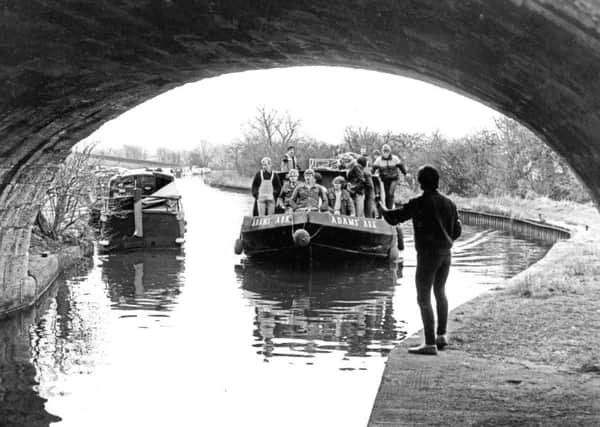

It added: ‘The canal passes through the English Apennine, a stubborn and intractable region and connects Saint George’s Channel with the German Ocean.’ Stretching 127 and a quarter miles, it is the longest single canal in Britain.
The canal’s purpose was to satisfy an important need for a transport facility to aid industrial growth on both sides of the Pennines particularly in Liverpool, Wigan, Blackburn, Burnley, Skipton, Keighley, Shipley, Bingley Bradford and Leeds. During earlier centuries pack horses and horses and carts were the only means of carrying goods between east and west.
Advertisement
Hide AdAdvertisement
Hide AdYorkshire’s trade had been assisted in 1704 with opening of the Aire & Calder Navigation to Leeds. But, Yorkshire industrialists required links in the West, with Liverpool, and ultimately passages to British colonies in the Americas.
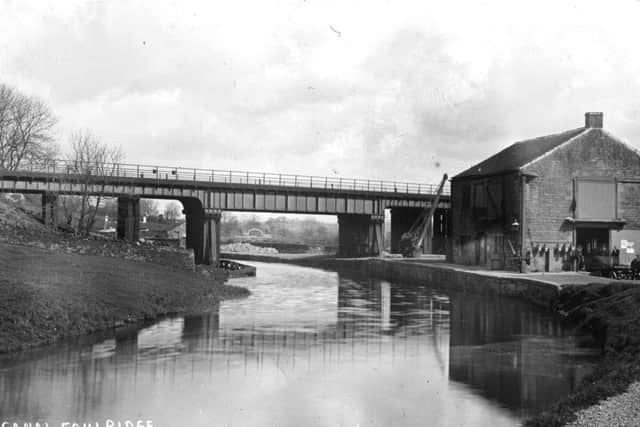

In turn, the increasing growth of manufacturing and shipping at Liverpool required links with Lancashire’s growing industrial areas, particularly those mining coal.
The main barrier to commercial progression was the Pennines until, in 1766, colliery owner and Lord of Thornton and Horsforth manors John Stanhope set the Leeds and Liverpool Canal scheme in motion. A public meeting was held at Bradford’s Sun Inn on 2 July of that year to promote the project.
Stanhope engaged Halifax engineer John Longbottom (died 1801) to survey a possible route which was initially envisaged from Leeds to Preston but later changed to Liverpool in 1767.
Advertisement
Hide AdAdvertisement
Hide AdTo co-ordinate developments and collect share subscriptions, east of the Pennines, a Yorkshire Canal Committee was formed in January 1768. For the same purposes, a Lancashire Committee was established in August of the same year.
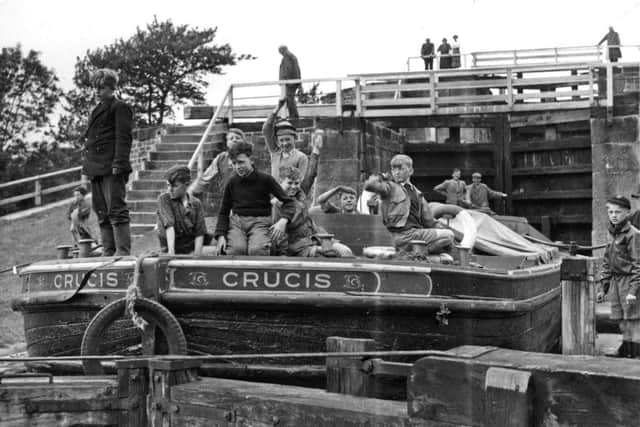

Initially, the two committees could not agree on a route. The Lancashire committee opposed the route Longbottom originally proposed, winding through the Ribble Valley. They argued that it ran too far to the north, missing key towns and the Wigan coalfield.
A counter-proposal produced by John Eyres and Richard Melling was rejected by the Yorkshire Committee as being too expensive. This was largely because of the valley crossing at Burnley.
Acclaimed canal engineer James Brindley (1716-1772), arbitrated, and finally decided on Longbottom’s more northerly proposal, though with a number of amendments. Planning the route was a tricky business as landowners along the way had to agree to compensation for land.
Advertisement
Hide AdAdvertisement
Hide AdOften there were heated arguments. Where possible it was envisaged the canal would follow the contours of the land.
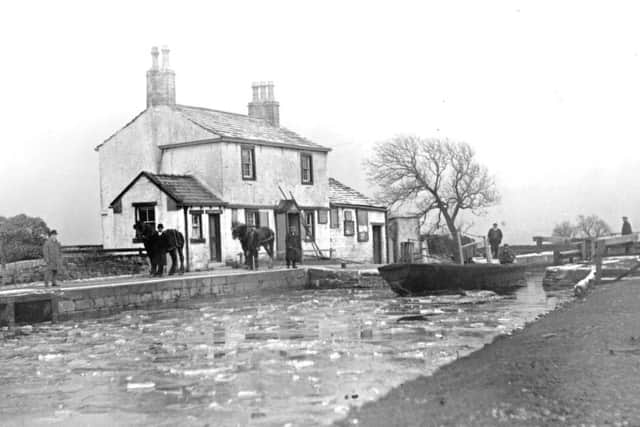

It was agreed that works should begin at both the Liverpool and Leeds ends simultaneously. Brindley declined the Chief Engineer’s post at a salary of £400 per annum and John Longbottom took his place.
In order to raise the projected £200,000, share books were opened in Lancashire, Yorkshire and London.
The first Leeds and Liverpool Canal Act was passed on 19 May 1770 authorising a line from via Skipton, Gargrave, Colne, Whalley, Walton-le-Dale and Parbold. A commencement ceremony was held at Halsall, north of Liverpool on 5 November 1770 and the first sod dug at Halsall, north of Liverpool, by the, Hon Charles Mordaunt of Halsall Hall.
Advertisement
Hide AdAdvertisement
Hide AdThe project employed large numbers of navvies who were not always welcome in the neighbourhoods where they worked. There were many discipline problems on and off construction sites. The methods of working were quite primitive by today’s standards as extraction of earth by mechanical methods was some years away. Even surveying was undertaken with simple equipment. The most expensive engineering task was the Foulridge Tunnel, 1,640 yards long and completed in 1796 at a cost of £40,000 – around £4m today. When the tunnel was finished, the canal opened to eastern Burnley.
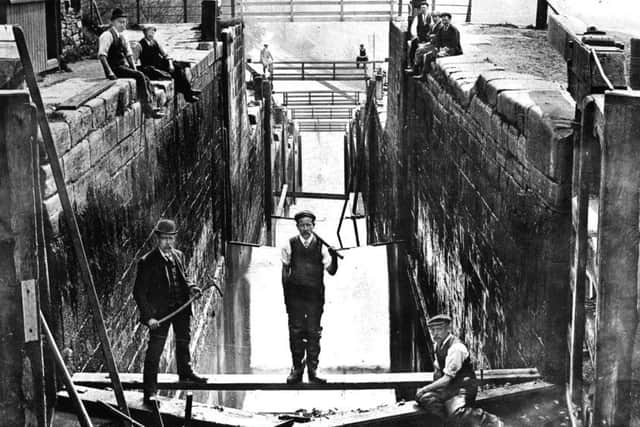

The entire length of the canal was opened on Saturday October 19 1816. On that day, at 7am, the owners of the Leeds and Liverpool Canal accompanied by their friends set out in an elegant barge from Leeds to begin their voyage to Blackburn. The vessel was accompanied by another barge of the Union Company decorated with flags and streamers. The sailing of the vessels was announced by a discharge of cannon. The barges entered the canal to the strains of a military band and the cheering of spectators, lining the waterway’s banks for a great distance.
The barges reached Skipton on Saturday evening, and on the following day arrived at Burnley. On Monday, about 3pm they entered Blackburn, having been joined by other vessels. The owners and their friends proceeded with flags and music to the New Inn, where they sat down to dinner.
On Tuesday morning, at eight o’clock, all the arrangements being completed, the owners’ barge and a number of others entered a new and final part of the canal to be completed, amidst the sound of cannon, and the heartfelt cheering of spectators.
Advertisement
Hide AdAdvertisement
Hide AdIn the evening the procession reached Wigan, and on Wednesday the ceremony was completed by the arrival of the voyagers at the basin of the canal at Liverpool about 5pm. Throughout the journey, the entourage had been continually greeted by new, noisy spectators.
In time, the Leeds and Liverpool became the most successful long-distance canal in Britain. Overall, in terms of quantity of goods and distance carried, the canal was to have no competitor.